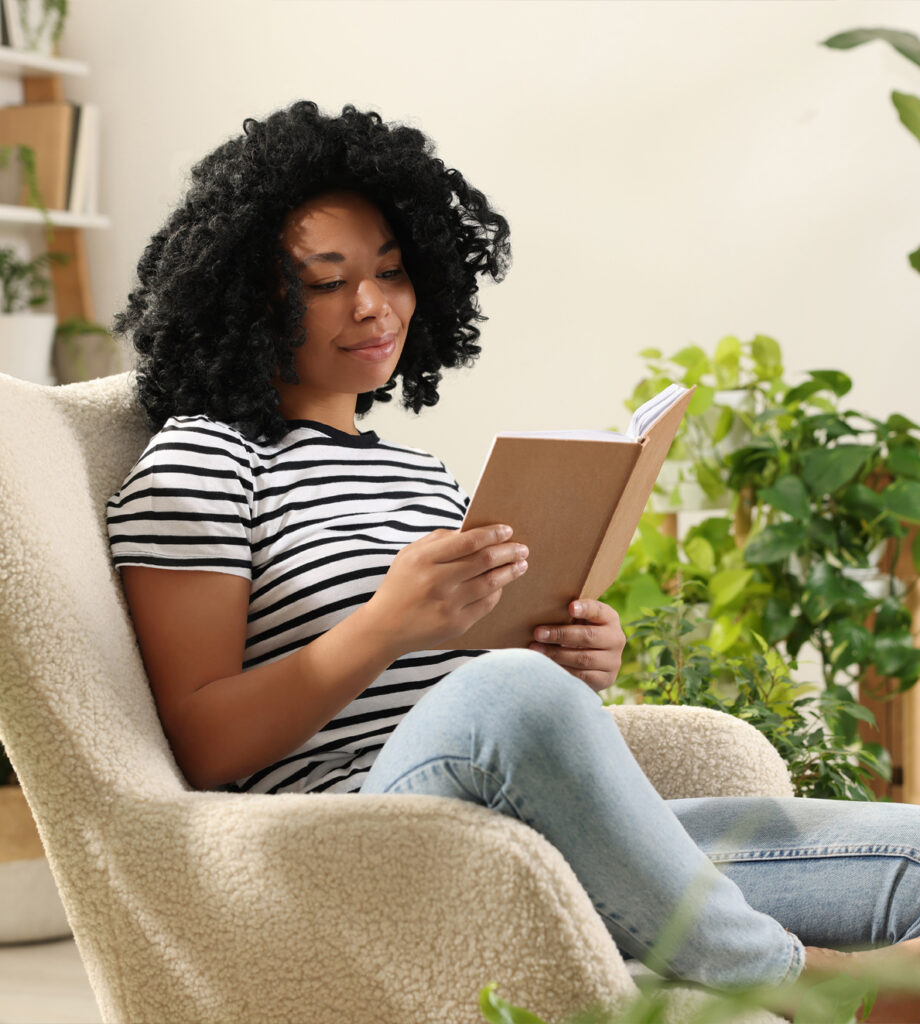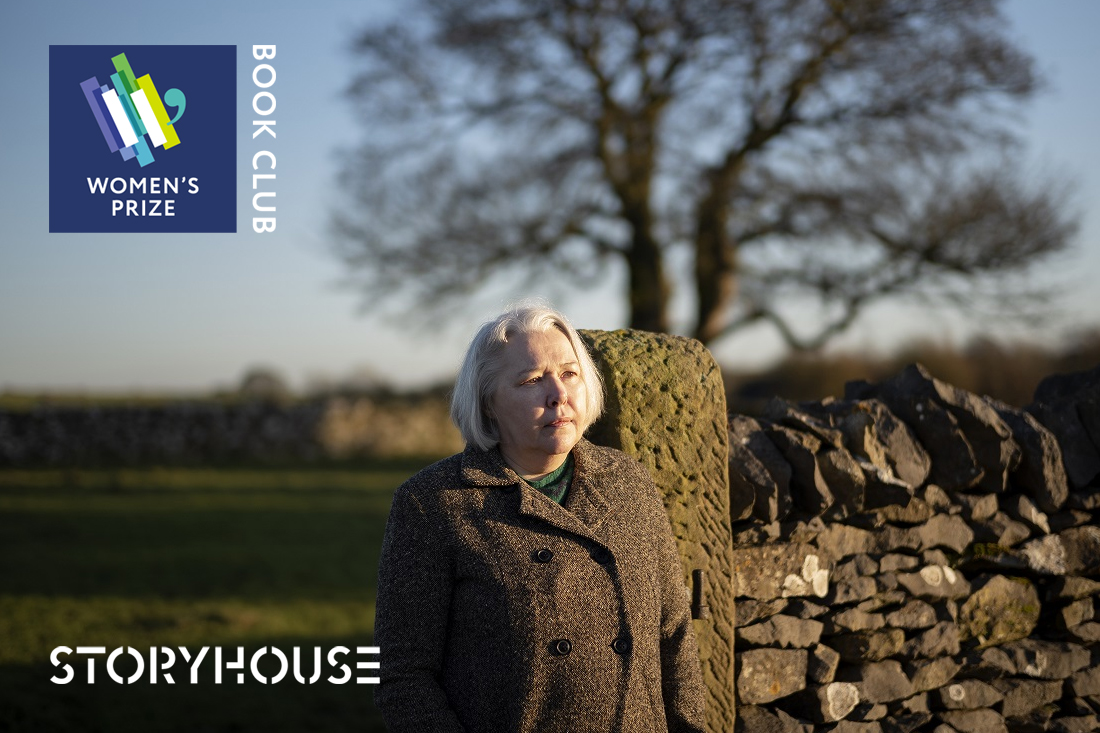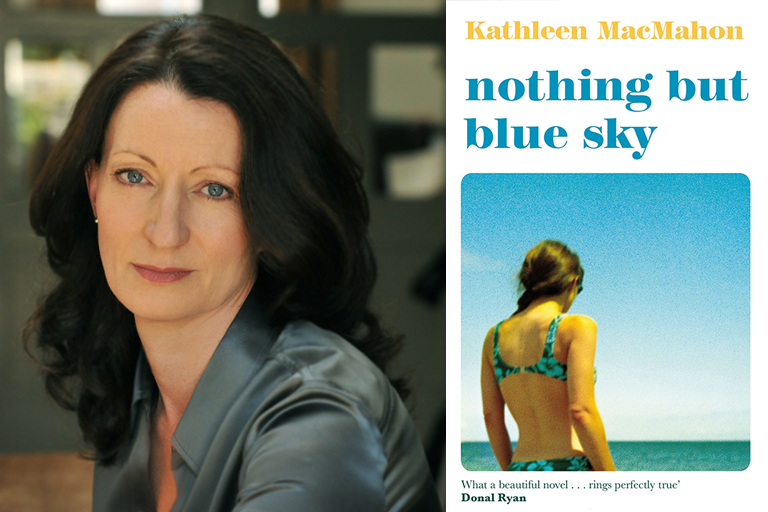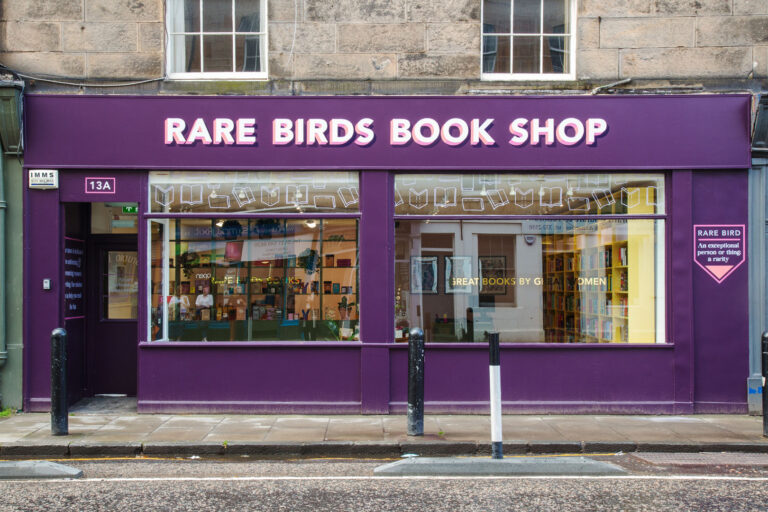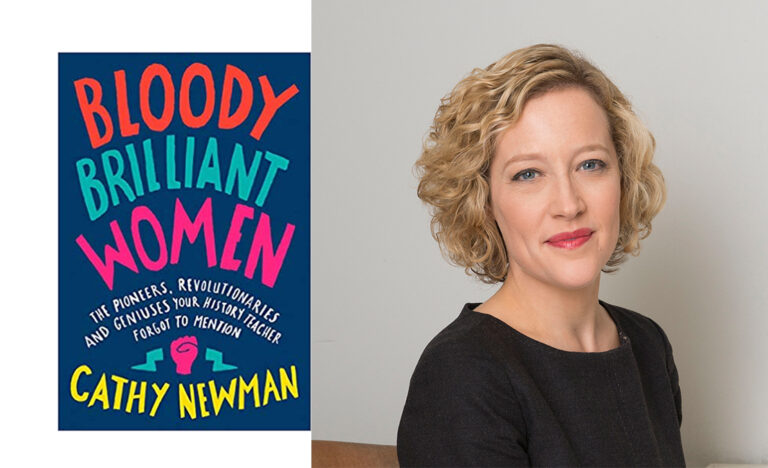From the Women’s Prize Archives.
Our Year of #ReadingWomen challenge aims to celebrate 25 years of the Women’s Prize for Fiction by rediscovering a quarter century of winning books, from Zadie Smith’s On Beauty to Naomi Alderman’s The Power. To bring together these brilliant and diverse books, we worked with designer Victoria Sawdon to create bespoke illustrations bringing each of the 25 winning books to life.
These stunning illustrations are part of our beautiful Women’s Prize for Fiction Inspiration Journal, celebrating our 25th year and encouraging the next generation of women writers.
Victoria has worked as a designer, illustrator and ceramicist for over 20 years and is currently Design Director at Big Fish, she has also created book covers for a variety of fiction, poetry, travel and cookery, including over 50 titles for Penguin.
We asked Victoria what it was like to create a cohesive brand identity for a quarter century of winners, and about the techniques she used to produce the illustrations.
What techniques did you use to create the 25 illustrations?
The illustrations are all created using a technique similar to the layering approach used for screenprinting. Each colour is a separate painting that are then assembled together to make the final piece. They have all been painted with a brush and ink. I made sure that the brush was at the perfect point of drying out allowing the texture to come through.
How did you decide on the image that would represent each book?
I was familiar with some of the books but some were a real discovery. I started by reading as many synopsises as possible.
I didn’t want to be too influenced by previous covers so I looked at key motifs or objects that jumped out to me as a simple way of representing a pivotal scene or theme.
How did you go about creating a cohesive style for the illustrations as a series, even though they are each representing very different novels?
This was the hardest part as they needed to sit together but the themes and styles were so varied. I decided to focus on a visual language that linked the paintings. Simple objects or scenes were depicted using the same layering technique and a selective colour palette. This helped in giving the illustrations as much cohesiveness as possible while retaining the personality of the individual book.
